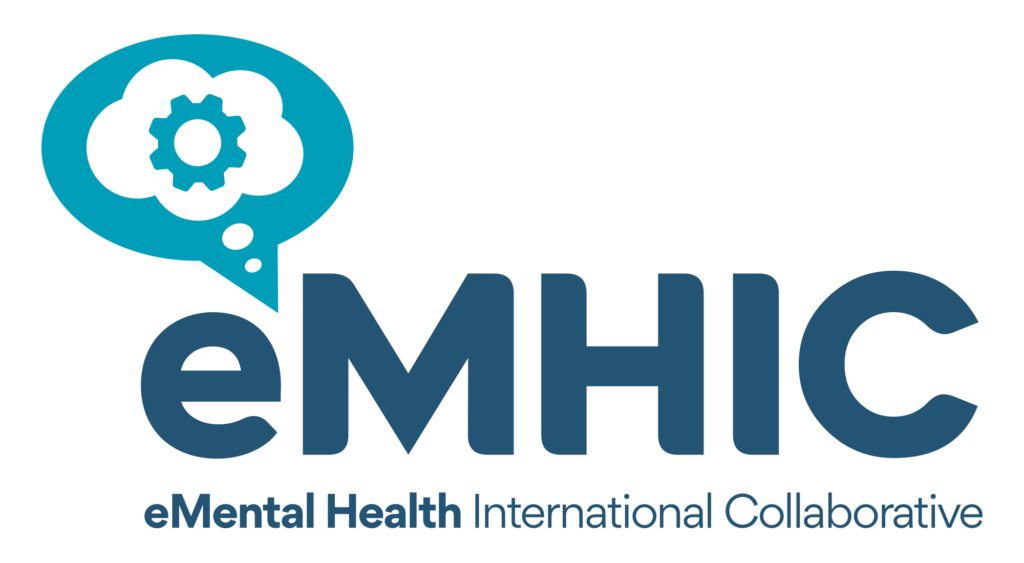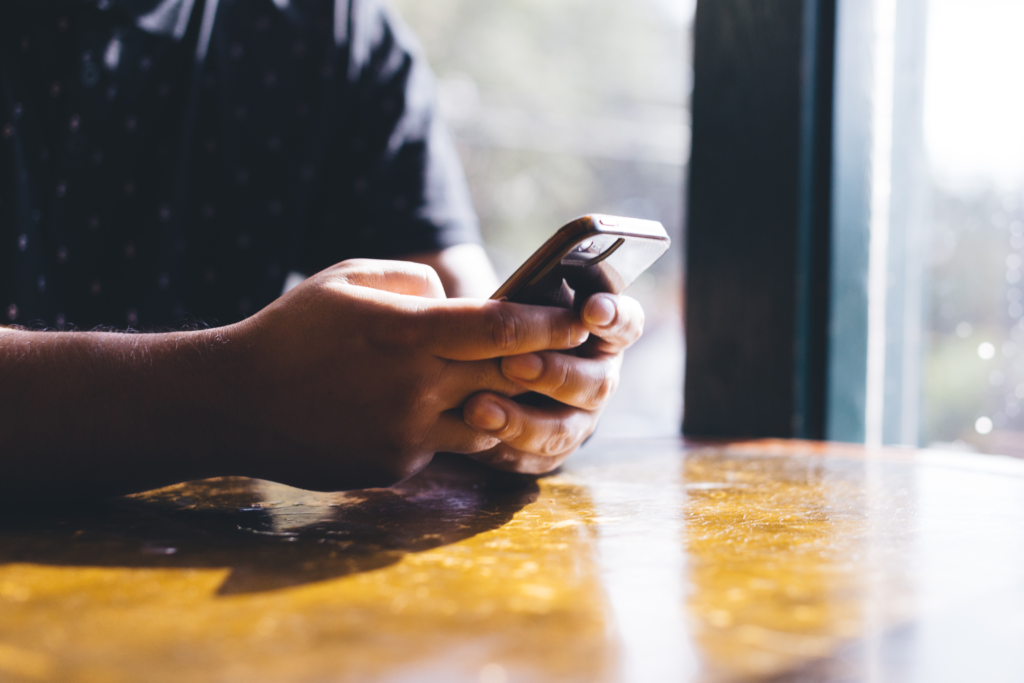Background:
Social media is widely accessible and increasingly utilized. Social media users develop hashtags and visual, text-based imagery to challenge misrepresentations, garner social support, and discuss a variety of mental health issues. Understanding how Black men are represented on social media and are using social media may be an avenue for promoting their engagement with and uptake of digital mental health interventions.
Objective:
The aim of this study was to conduct a content analysis of posts containing visual and text-based components related to representations of Black men’s race, gender, and behaviors.
Methods:
An exploratory, descriptive content analysis was conducted for 500 Instagram posts to examine characteristics, content, and public engagement of posts containing the hashtags #theblackmancan and #blackboyjoy. Posts were selected randomly and extracted from Instagram using a social network mining tool. A codebook was developed, and all posts were analyzed by 2 independent coders. Analyses included frequency counts and descriptive analysis to determine content and characteristics of posts. Engagement associated with posts via likes, comments, and video views was assessed.
Results:
Of the 500 posts extracted:
- Most were image-based (368/500, 73.6%)
- 272/500 (54.4%) were posted by an individual
- 135/500 (27.0%) were posted by a community organization
- 269/500 (53.8%) were posted by individuals from Black populations
- 177/500 (35.4%) posts contained images of only males.
- Posts depicted images of Black men as fathers (100/500, 20.0%)
- Black men being celebrated (101/500, 20.2%)
- Black men expressing joy (217/500, 43.4%)
- Posts (127/500, 25.4%) also depicted Black men in relation to gender atypical behavior, such as caring for children or styling their children’s hair.
- Variables related to education and restrictive affection did not show up often in posts.
- Engagement via likes (median 1671, P<.001), comments (P<.001), and views (P<.001) for posts containing #theblackmancan was significantly higher compared with posts containing #blackboyjoy (median 140).
- Posts containing elements of celebrating Black men (P=.02) and gender atypical behavior (P<.001) also had significantly higher engagement.
Conclusions:
This is one of the first studies to look at hashtag use of #blackboyjoy and #theblackmancan. Posts containing #blackboyjoy and #theblackmancan promoted positive user-generated visual and text-based content on Instagram and promoted positive interactions among Black and diverse communities. With the popularity of social media and hashtag use increasing, researchers and future interventional research should investigate the potential for such imagery to serve as culturally relevant design components for digital mental health prevention efforts geared towards Black men and the communities they exist and engage with.




